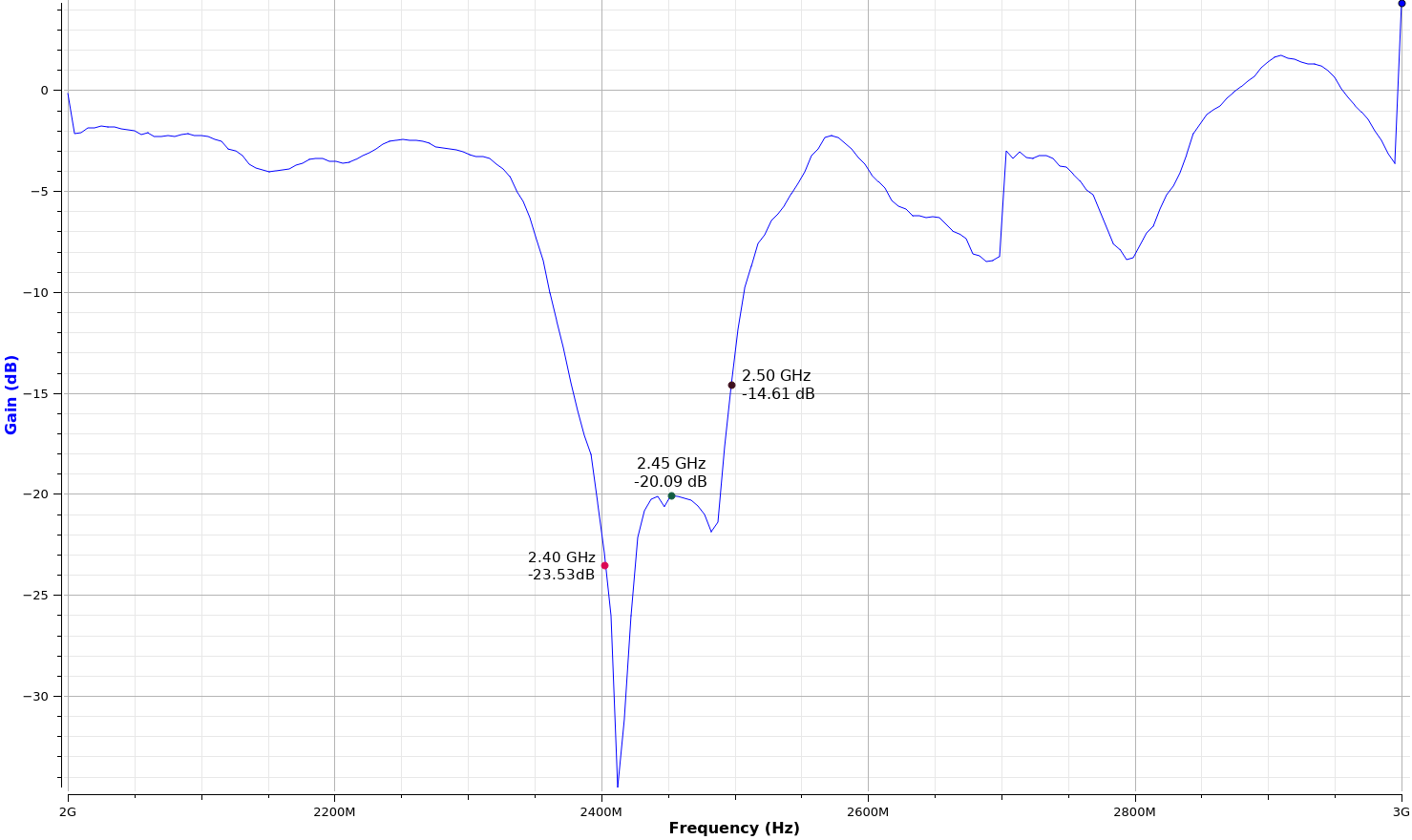Challenger M0 WiFi information
The Challenger M0 WiFi is an Arduino compatible Adafruit Feather format micro controller board packed with loads of functionality for your more real time sensitive projects that require a WiFi connection.
For this board we took Adafruit’s Feather M0 Express, which also happens to be a personal favorite of ours, and added an ESP8285 chip to it, to give it extensive WiFi capability. With the experience that we already have with the ESP8266 we knew it was the right way to go.
So the main controller of this board is the trusty SAMD21 with 256KByte of FLASH memory and 32KByte of SRAM. And just like the Feather M0 Express there is also an external 2Mbyte flash memory where you can store files systems or what ever that you need.
WiFi
To the Challenger M0 WiFi we also added an ESP8285 chip. For those of you that is unfamiliar with this device, it is basically an ESP8266 device with an integrated 1MByte of flash memory. This allows us to have an AT command interpreter inside this chip that the main controller can talk to and connect to you local WiFi network. The communications channel between the two devices is an unused UART on the main controller and the standard UART on the ESP8285. As simple as it can be.
The ESP8285 chip comes pre-flashed with Espressif’s AT command interpreter stored in the internal 1MByte of the ESP8285. This interpreter support all of the operating and sleep modes of the standard ESP8266 framework which makes it easy to work with. Talking to the device is as easy as opening the second serial port (Serial2), resetting the ESP8285 and start listening for events and sending commands. To simplify this process we are also developing a library that is compatible with the standard ESP8266 environment.
USB Type C
In the recent years we have noticed that we are seeing more and more USB Type C cable laying around the lab due to the fact that all new phones and accessories use them. As of yet we haven’t seen any shortage of micro USB cables but we are not getting any new ones any more and old ones do break occasionally. So we decided to go for a USB Type C connector for this board. A bonus of this is that they are quite bit more durable and you don’t have to fiddle with the cable before plugging it in.
Pinout

Challenger M0 WiFi Features
So, the board is packed with hardware features, here’s a short list of its most prominent ones.
– Sturdy USB Type C connector
– ATSAMD21G18 @ 48MHz with 3.3V power
– 256KB FLASH + 32KB RAM
– 2 MByte of NOR FLASH memory
– 32.768 KHz crystal for clock generation & RTC
– 3.3V regulator with 600mA peak current output, most of which is reserved for the board itself
– USB native support, comes with UF2 USB bootloader
– 20 GPIO pins
– Hardware Serial, hardware I2C, hardware SPI support
– PWM outputs on all pins
– 6 x 12-bit analog inputs
– 1 x 10-bit analog ouput (DAC)
– Built in 250mA lipoly charger with charging status indicator LED
– Pin #13 red LED for general purpose blinking
– Power/enable pin
– 4 mounting holes
– Reset button
– ESP8285 WiFi chip with onboard antenna
– Neopixel LED that indicates board status but that can be used by the programmer
Challenger M0 WiFi Software
The Challenger M0 WiFi board is 100% compatible with the Arduino framework. It has a unique board support package that fully supports all the features of the board. You can also install and run Circuitpython on the board if this is what you want to do. And while it is possible to run circuitpython or micropython on this board we do not recommend it. The RAM size is just not enough to be able to take advantage of the libraries available to control the WiFi chip on board. We have made available a UF2 image that you can use to try it out but we will not push this to the main Circuitpython repo.
Other
The boards comes with loose headers that can be soldered to the board if your application requires it.




 The RF tuning was optimized with the unit placed on a breadboard sitting on top of an IKEA desk, which seemed to be a common use case for this module. Should you want to include the unit in a product it may require a different tuning. Let us know if that is the case.
The RF tuning was optimized with the unit placed on a breadboard sitting on top of an IKEA desk, which seemed to be a common use case for this module. Should you want to include the unit in a product it may require a different tuning. Let us know if that is the case.





Reviews
There are no reviews yet.